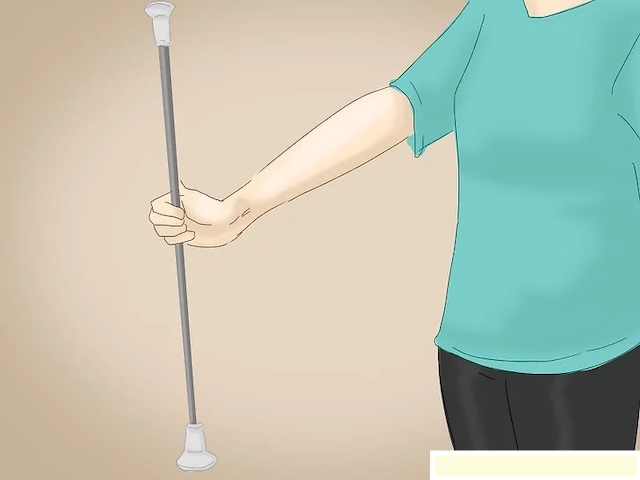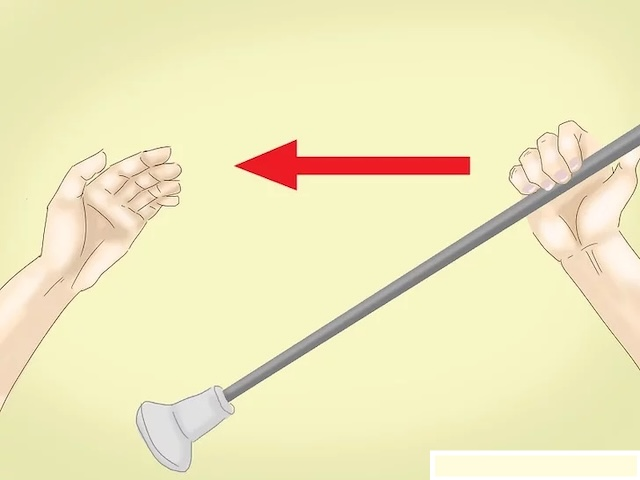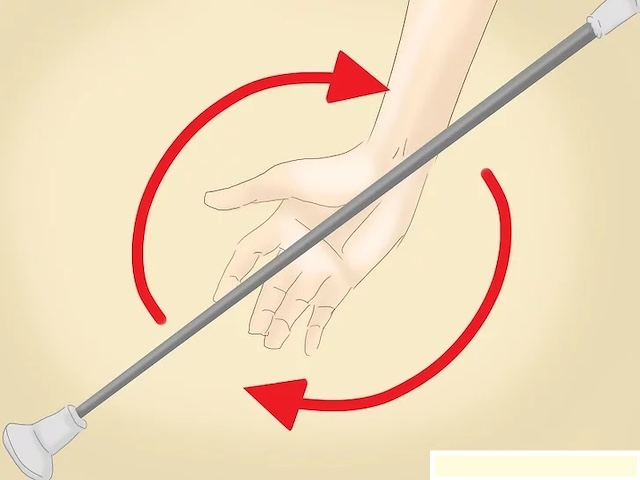Baton twirling, once a staple in cheerleading routines and marching band performances, remains a captivating blend of artistry and athleticism. This elegant discipline requires not only skill and patience but also a deep understanding of technique and rhythm. If the thought of a baton spinning in the air evokes nostalgia, then you’ve likely experienced the charm of this art form firsthand. In this article, we’ll explore the intricacies of baton twirling, from its fundamental skills to advanced techniques, and why it continues to enchant audiences today.

Understanding the Baton: Breaking Down the Basics
To truly appreciate baton twirling, one must first understand the tool itself. A baton consists of three main parts: the ball, the shaft, and the tip. The ball, located at the larger end of the baton, provides balance and weight, crucial for controlled spins. The shaft, typically made of metal or plastic, forms the body of the baton and is the section held by the twirler. Finally, the tip is the smaller end that aids in creating fluid motions during tricks and spins.
Mastering this basic terminology is essential for anyone looking to delve into the world of baton twirling. It not only facilitates learning but also enhances communication among twirlers, coaches, and enthusiasts.
Essential Baton Twirling Skills: Building the Foundation
Baton twirling is far more than simply spinning a stick in the air; it’s a disciplined art form that requires precise coordination and practice. Whether you’re a beginner or a seasoned performer, mastering the foundational skills is key to advancing in this sport.
The Horizontal Twirl: The Foundation of Baton Twirling
One of the most fundamental skills in baton twirling is the horizontal twirl. This move involves spinning the baton in a flat, horizontal plane with one hand. It’s a foundational technique that forms the basis for more advanced maneuvers.
To perform a horizontal twirl:
- Assume the Correct Stance: Stand tall with your feet in a right T-position, holding the baton in your dominant hand, with your thumb pointing toward the ball.
- Initiate Rotation: Begin with the baton parallel to the ground. Rotate it counterclockwise, moving the tip under your forearm as the ball points left. Then, move the ball over your arm as it points right.
- Increase Speed Gradually: As you gain comfort with the motion, gradually increase the speed of the twirl. Use your remaining fingers to control the rotation, keeping your wrist loose to maintain fluidity.
Mastering Ambidextrous Skills: Twirling with Both Hands
Being able to twirl the baton with both hands is crucial for any serious baton twirler. The left-hand horizontal twirl mirrors the technique of the right hand, following the same counterclockwise pattern. Practice passing the baton from your right hand to your left while maintaining its rotation. This not only enhances coordination but also adds versatility to your performances.

Advanced Baton Techniques and Tricks: Elevating Your Performance
Once you’ve mastered the basics, it’s time to explore more advanced techniques that will set your performance apart. Broadening your skill set with various twirls and tricks will elevate your routines and captivate your audience.
The Vertical Twirl: Adding Dimension to Your Routine
Vertical twirls involve rotating the baton around a vertical axis, creating a dynamic and visually appealing display. Unlike horizontal twirls, vertical twirls require the baton to move in a more upright plane, adding depth and complexity to your performance.
Aerial Tosses: Showcasing Control and Precision
Aerial tosses are a hallmark of skilled twirlers. This technique involves tossing the baton into the air and catching it with precision. Start with simple tosses to build your confidence, and as you progress, experiment with more complex aerial maneuvers that challenge your control and timing.
Choreographing Baton Routines: Blending Technique and Creativity
The ultimate goal for any baton twirler is to choreograph routines that seamlessly transition between different twirls, tosses, and tricks. A well-choreographed routine not only showcases your technical skills but also tells a story, engaging your audience from start to finish.

One essential technique in choreography is the wrist twirl:
- Starting Position: Stand tall with your feet together, right arm at your side, and left hand on your hip. Hold the baton at its center, with your thumb pointed toward the ball.
- Commence Twirl: Rotate the baton with the ball facing forward, creating a continuous motion from ground to sky and back.
- Enhance Grip and Mobility: Focus on pinching the baton between your thumb and index finger, guiding the rotation with your remaining fingers while maintaining a relaxed wrist.
Embracing the Baton Twirling Journey: A Path to Mastery
Baton twirling is more than just a sport; it’s a journey of continuous improvement and discovery. Each practice session brings new challenges and opportunities to refine your craft. Dedicate time and attention to perfecting your skills, celebrating each milestone along the way. Whether your goal is to join a cheerleading squad, perform in a marching band, or simply impress friends and family, the confidence and discipline gained through baton twirling will open countless doors.

Conclusion: The Lasting Impact of Baton Twirling
Baton twirling is a captivating blend of artistry and athleticism that offers a rewarding experience for performers of all ages. By mastering the fundamentals and exploring advanced techniques, you can elevate your skills and confidence, leaving a lasting impression on your audience. Embrace the journey, celebrate each milestone, and enjoy the boundless opportunities that come with perfecting this timeless art. Whether for performance or personal growth, baton twirling is a discipline that enriches your life and brings joy to both performer and audience alike.




